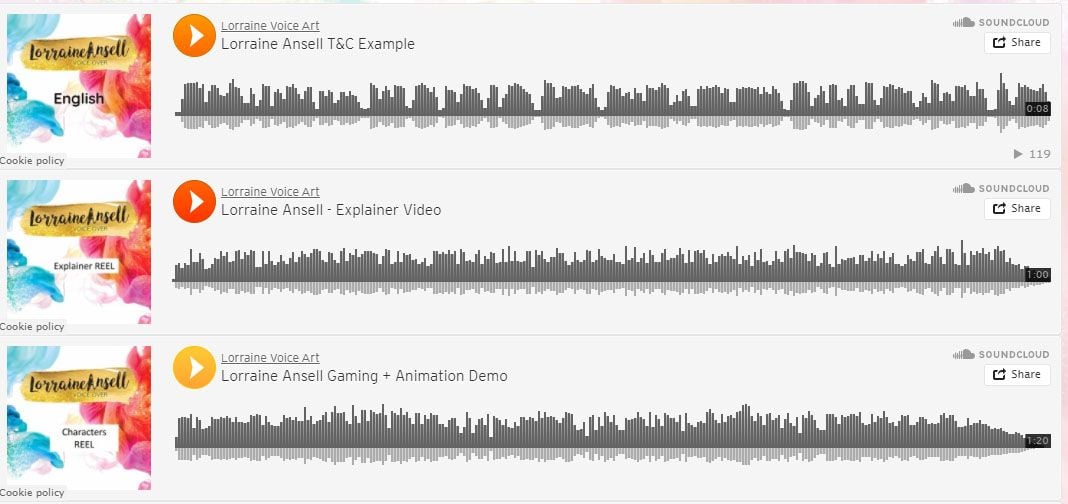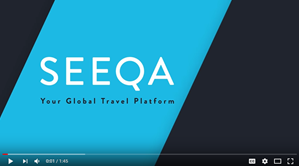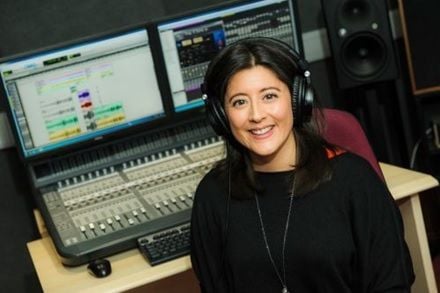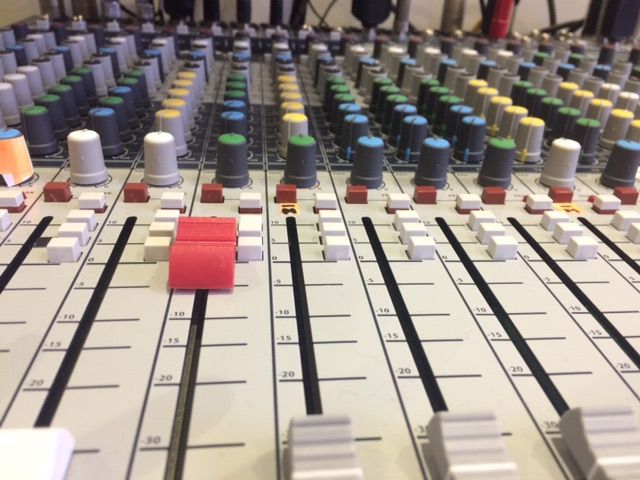The Change in Video Game Leads
Posted on
This year’s E3 2018 (Electronic Entertainment Expo), which gave great insight into what we can expect from upcoming video game instalments. But what caught my eye in particular, as it did with many others, is the proliferation of women in these video games.
Now I know female characters have always been present, but E3 showcased a handful of games which are due to feature multiple leading ladies, many of which as the main protagonist—and rightly so! Having just come back from Develop in Brighton from a great day at the Audio Stream it got me thinking about audio in this medium. So I thought I’d take a look at the change in video game leads and see how women are increasingly coming to the forefront in this ever-expanding industry.
Women in video game history
It is fair to say that female characters have been an influential part of the gaming sphere almost since gaming began. In 1987 Nintendo released Metroid with female character Samus Aran and of course Princess Peach was one of four playable characters in Super Mario Bros. 2.
But there is a certain stigma in the gaming world in which women are typically cast as victims, often having their male counterpart rescue them in some way or other. Think princess Peach as the damsel in distress awaiting rescue from Mario time and time again. And if they’re not the victim, then it’s likely they’re a rather sexualised heroine, much like Lara Croft.
The good news is, when you think about the iconic characters of gaming, Lara Croft is definitely in the top tier. But unfortunately, that’s it. Only one iconic female character in the last 20 years!
But, it’s now apparent that the tides are turning. The most-anticipated games of this year announced at E3 suggest that many previously male-dominated game series are making way for ones that feature female protagonists. We all know that women play video games, so it’s only right that they star in them too.
The voices behind the characters
The current shift towards equal gender representation in video games has enabled female video game artists to showcase their talents. Last year Cissy Jones made waves in the industry having scooped the BAFTA Games award for Best Performer. Cissy has a whole range of video game credits under her belt having starred as Joyce Price in Life Is Strange, as well as voicing the lead in Firewatch, and other multiple characters in Walking Dead: Season 1 and Season 2.
2013’s The Last Of Us, focused on playable character Joel who attempted to survive in a post-apocalyptic world, with teenager Ellie (voiced by immensely talented Ashley Johnson) in tow. But now in The Last of Us: Part 2, Ellie is a young woman and is the main playable character.
Similarly, in stealth game Dishonored 2, Emily Kaldwin (voiced by Erica Luttrell) stars alongside her bodyguard Corvo Attano as a main character as she tries to keep her throne after the assassination of her mother.
Additionally, the makers of The Lost Legacy, which is the sequel to the popular Unchartered series, not only side-lined male protagonist Nathan Drake but also chose to include two women as the lead roles. The determined duo of Chloe (Claudia Black) and Nadine (Laura Bailey) not only had a significant prominence in the game, but combined with Drake’s absence, it marks an important step in the right direction for both female video game artists and women everywhere.





